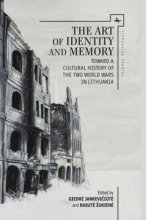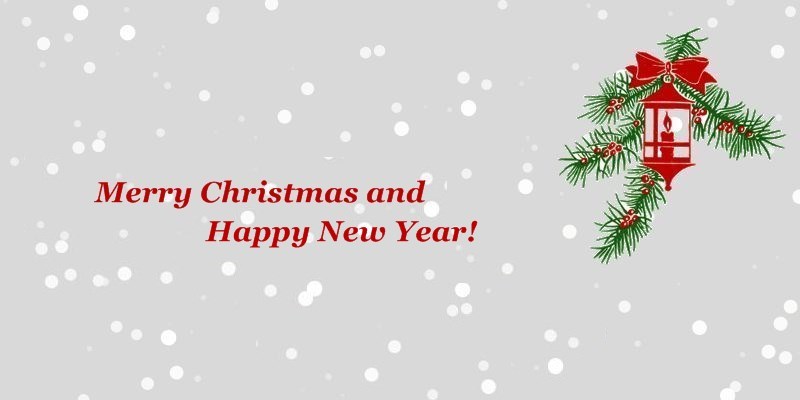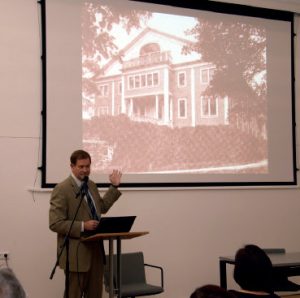Dalia Cidzikaitė
 The vast majority of current Lithuanians living in Springfield, IL (USA) come from Lithuanian miners who arrived to America from Lithuania in the early 20th century. In 1914, the Lithuanian community of Springfield consisted of several thousand Lithuanians. The records of Lithuanian St. Vincent de Paul Parish in Springfield show that year, over 500 Lithuanian families belonged to the church, and between 1909 and 1919, 1,063 Lithuanian babies were baptised there. However, these figures do not indicate the actual number of Lithuanians, because quite a number of them were socialists and did not belong to the church or visited other Catholic churches in the city, such as St. Aloysius, St. Peter and Paul and St. Joseph.
The vast majority of current Lithuanians living in Springfield, IL (USA) come from Lithuanian miners who arrived to America from Lithuania in the early 20th century. In 1914, the Lithuanian community of Springfield consisted of several thousand Lithuanians. The records of Lithuanian St. Vincent de Paul Parish in Springfield show that year, over 500 Lithuanian families belonged to the church, and between 1909 and 1919, 1,063 Lithuanian babies were baptised there. However, these figures do not indicate the actual number of Lithuanians, because quite a number of them were socialists and did not belong to the church or visited other Catholic churches in the city, such as St. Aloysius, St. Peter and Paul and St. Joseph.
Today, when one comes across such names as Sitki, Nevitt, Yoggerst, Ulak or Chesnut, he or she can hardly tell that these people could be of Lithuanian descent. The reality is that the fourth generation of Lithuanians in Springfield does not speak Lithuanian and does not follow Lithuanian customs. Moreover, they are often unaware that their ancestors came from Lithuania.
It is believed that today 20 000 or so of the first wave of Lithuanian immigrants’ descendants live in Sangamon County of 200 000. Therefore, the book, A Century of Lithuanians in Springfield, Illinois by Sandy Baksys that came out in 2015 is particularly valuable for its genealogical and ethnographic information.
The stories in the book are accompanied by photos which the author obtained from Lithuanian families or individuals depicted in the book. According to the author, the photos appeared because she did not want the book to be just the family genealogical tree. In her opinion, the photos provide an extra glance at Lithuanian life, customs and history of that time.



 A new book The Art of Identity and Memory: Toward a Cultural History of the Two World Wars in Lithuania in series “Lithuanian Studies without Borders” came out in August of 2016. The book edited by Giedrė Jankevičiūtė & Rasutė Žukienė consists of wide-ranging set of articles. It is a forceful demonstration of how much the experience of EastCentral and Eastern Europe, largely neglected until now, needs to be integrated into evolving scholarship on the era of the world wars.
A new book The Art of Identity and Memory: Toward a Cultural History of the Two World Wars in Lithuania in series “Lithuanian Studies without Borders” came out in August of 2016. The book edited by Giedrė Jankevičiūtė & Rasutė Žukienė consists of wide-ranging set of articles. It is a forceful demonstration of how much the experience of EastCentral and Eastern Europe, largely neglected until now, needs to be integrated into evolving scholarship on the era of the world wars. The vast majority of current Lithuanians living in Springfield, IL (USA) come from Lithuanian miners who arrived to America from Lithuania in the early 20th century. In 1914, the Lithuanian community of Springfield consisted of several thousand Lithuanians. The records of Lithuanian St. Vincent de Paul Parish in Springfield show that year, over 500 Lithuanian families belonged to the church, and between 1909 and 1919, 1,063 Lithuanian babies were baptised there. However, these figures do not indicate the actual number of Lithuanians, because quite a number of them were socialists and did not belong to the church or visited other Catholic churches in the city, such as St. Aloysius, St. Peter and Paul and St. Joseph.
The vast majority of current Lithuanians living in Springfield, IL (USA) come from Lithuanian miners who arrived to America from Lithuania in the early 20th century. In 1914, the Lithuanian community of Springfield consisted of several thousand Lithuanians. The records of Lithuanian St. Vincent de Paul Parish in Springfield show that year, over 500 Lithuanian families belonged to the church, and between 1909 and 1919, 1,063 Lithuanian babies were baptised there. However, these figures do not indicate the actual number of Lithuanians, because quite a number of them were socialists and did not belong to the church or visited other Catholic churches in the city, such as St. Aloysius, St. Peter and Paul and St. Joseph.

